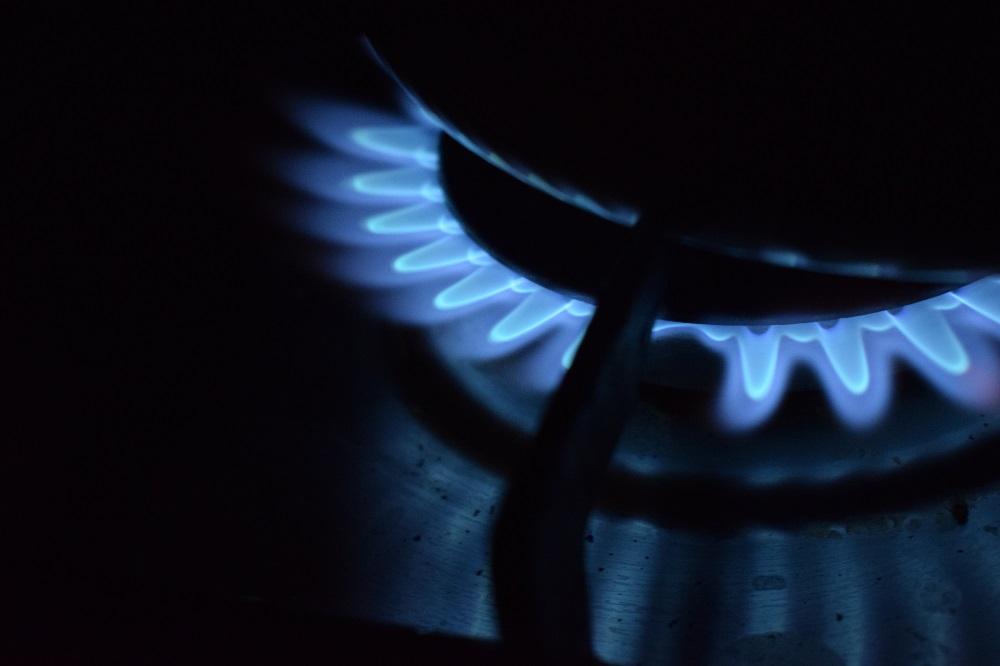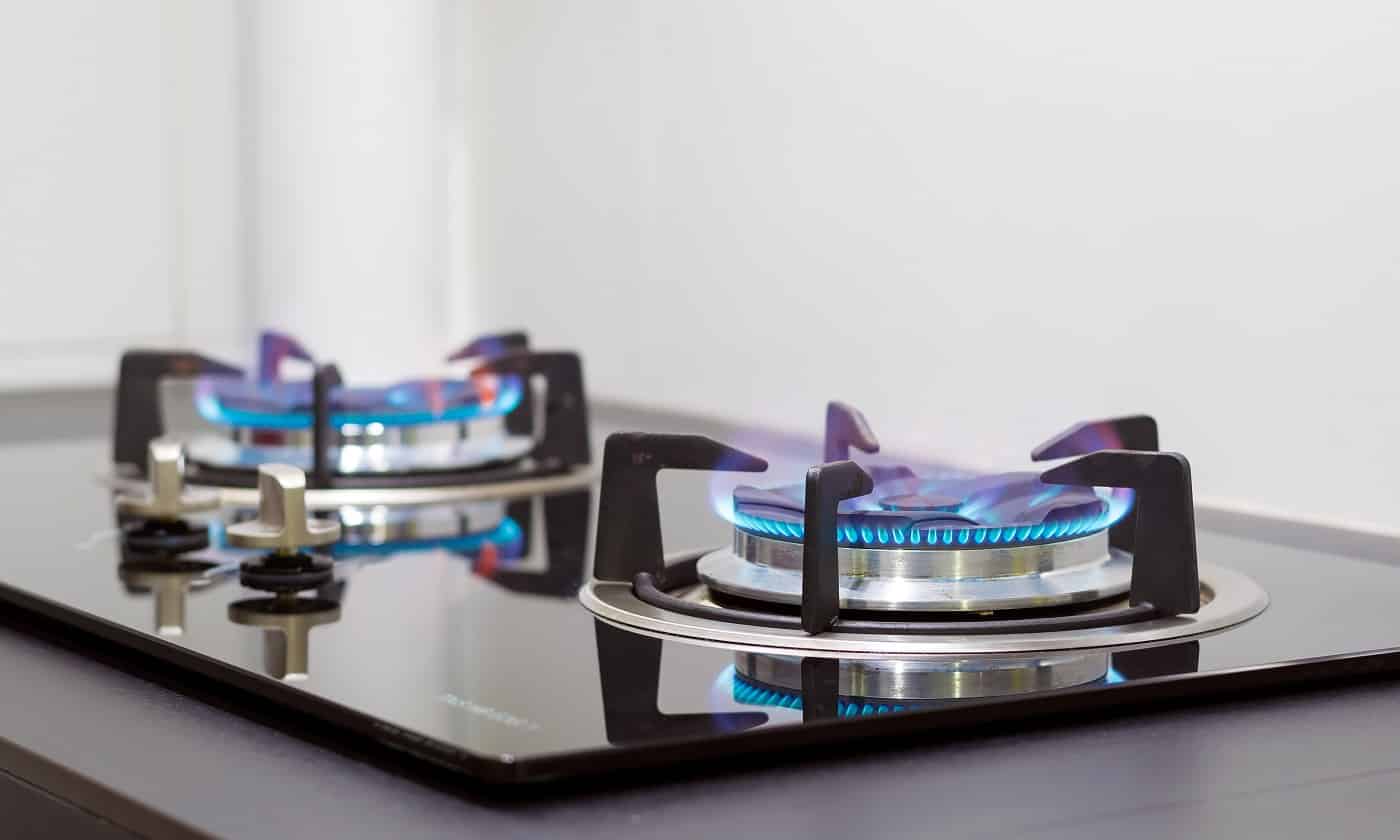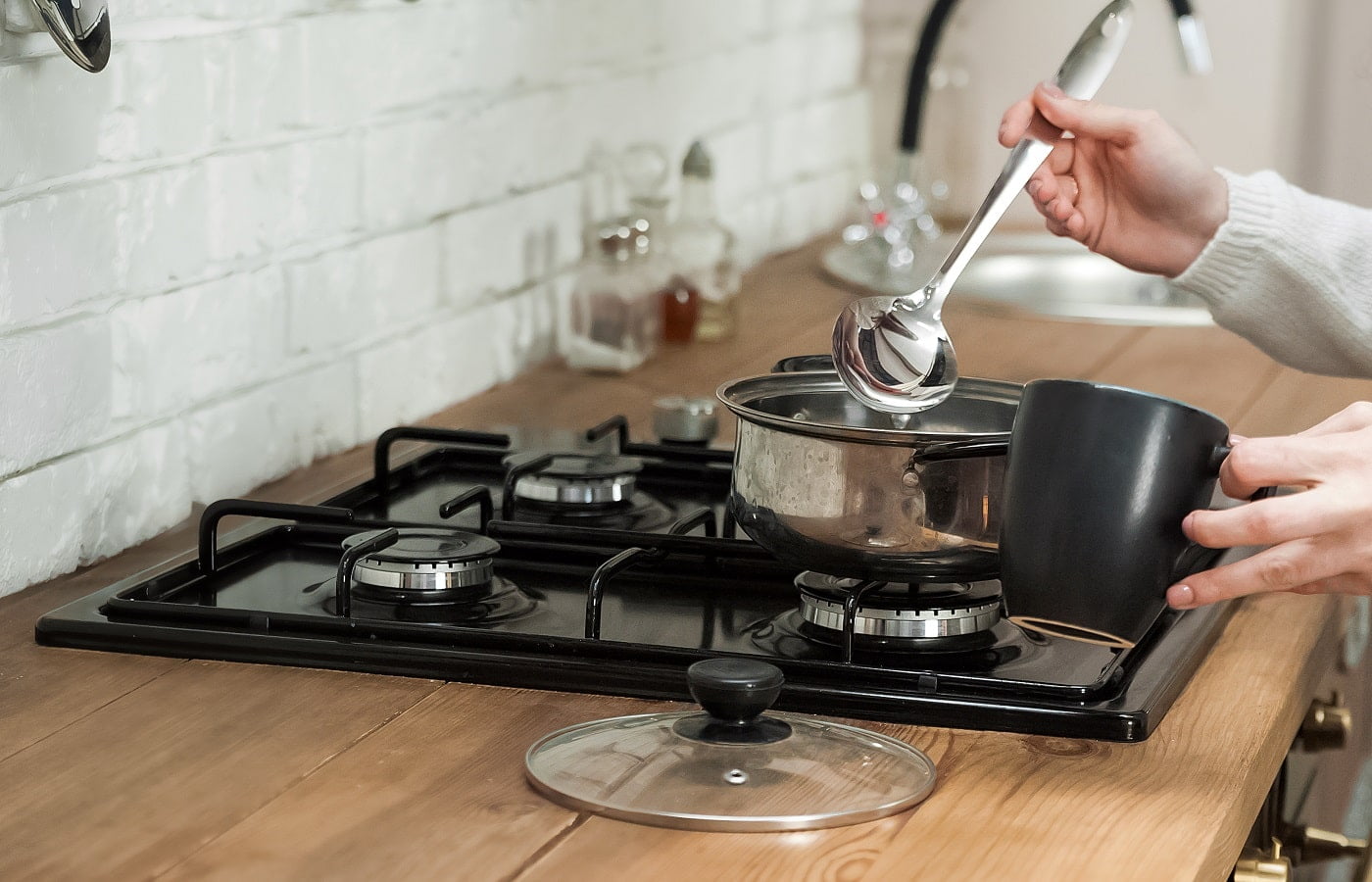Have you ever browsed through cooktops, eyed that fancy one which claims to have 30,000 BTU, and secretly wished to buy it?

It is okay if that sounds like you because we get it; those high-powered fancy and professional stoves are quite attractive. Which begs the question: is it really necessary at home? Let us answer that - not unless you plan to open a restaurant that only serves during rush hour.
Having a stove with that kind of power is not needed even if you entertain many people or have a big family with an even bigger appetite. Which makes way for another question: how much BTU in a stove is suitable for residential use? That is precisely the question we are going to answer today.
We have put together this short guide on how much BTU you need and how you can potentially save money by buying the right stove with the right cooking power.
So, without further ado, let’s get right into it!
How Much BTU You Need to Save Money on Cooking

What Is A BTU?
A British Thermal Unit, aka BTU, is a measurement unit used to measure how much heat the stove is delivering. Whether you are buying a stove, boiler, burner, or an oven, its BTU measurement will always be mentioned. It is a great way to compare the different heating capacities of products.
From a technical standpoint, 1 BTU of a stove can be described as the energy the stove needs to get 1 pound of water to 1 degree Fahrenheit (-17 degrees Celsius). To put it in perspective, the energy released in one BTU can be placed at an equal footing as one lit matchstick.
If you go through the manual for stoves or look at the label in a store, BTU will be mentioned in a range. One end is the maximum output and the other end is the lowest it can go after which the flame goes out.
Bigger Is Not Always Better!
A stove’s power is dependent on the BTU, and a higher BTU does not always mean it is the ideal stove to buy. A stove with a higher BTU means considering more things like a higher price point, higher gas consumption, higher ventilation, and so on.
When you buy a commercial stove with high BTU, it can be quite a hassle because these stoves cannot remain consistent on very low power. This leads to an inability to slow cook or simmer the food.
Additionally, with high BTU stoves, it is essential to have the right-sized pans. If the pan is not correctly sized, the stove’s heat will heat the room instead of what’s inside the pan. This is also why a lot of high BTU stoves are made to direct the heat upwards and not in every direction.
BTU Recommendation For Residential Kitchens
Commercial cooktops usually have high BTU as that’s needed for high-speed cooking in large volumes. But, this is not the case at home where one can cook at a regular pace and in small-to-moderate quantities. This is why it is essential to be practical about the required BTU of a stove at home.
At home, having one strong burner with a combination of two or three medium to low burners is the sweet spot for most users. And a mix of different BTUs on the stove allows more flexibility while cooking. Stoves of this kind are usually around 19,000 BTU or higher, with the strongest burner being around 12,000 BTU.

Final Words
High-end gas stoves are great to have but are often unnecessary for home setups and cost a lot. Investing in a practical cooktop for the house is better, cost-effective, and offers a broader range while cooking.
We hope this short guide has shed some light on the topic and will help you make the right choice. We will be back soon with more such informative guides.
See you next time!
Related Articles
11 Best Rocket Stoves for Camping and Survival Enthusiasts
27 Insanely Cool DIY Rocket Stove Plans for Cooking With Wood
